Relationship Psychology Posts on Crowch
Every October, millions of people around the world come together to raise awareness about one of society’s most painful issues — domestic violence. This month is not only about statistics and facts, but also about the stories of people who found the strength to fight back, the support of those who stood beside them, and the hope for a future without fear.
Domestic violence takes many forms: physical, psychological, economic, and emotional. It can happen in any family and affects people of all ages, cultures, and social backgrounds. Too often, survivors remain silent — because of fear, shame, or lack of support. That is why this month is so important: to give a voice to those who have been silent for too long.
Why is Domestic Violence Awareness Month important?
- Awareness. The more we talk about this problem, the greater the chance of preventing it. Society must recognize that violence is not a “private family matter,” but a violation of human rights.
- Support. Survivors need to know that help is available. Hotlines, crisis centers, psychological counseling, and legal assistance can be the first step toward a new life.
- Education. Young people should learn to build healthy relationships based on respect, not control or fear.
- Solidarity. Wearing a purple ribbon, joining awareness campaigns, or participating in events shows that we stand together against violence.
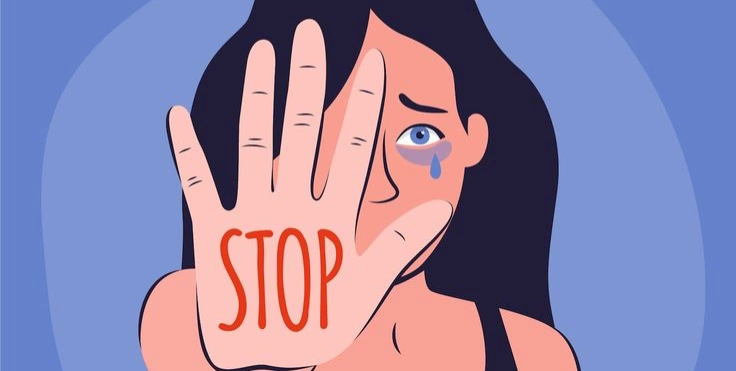
Domestic Violence Awareness Month is a time to say out loud: no one should live in fear. No one deserves pain. And every person is worthy of safety, respect, and love.
It is important to remember: help is near. Sometimes reaching out a hand or saying a few simple words of encouragement is enough for someone to realize they are not alone. Even small actions — sharing information, supporting a charity, volunteering — can change someone’s life.
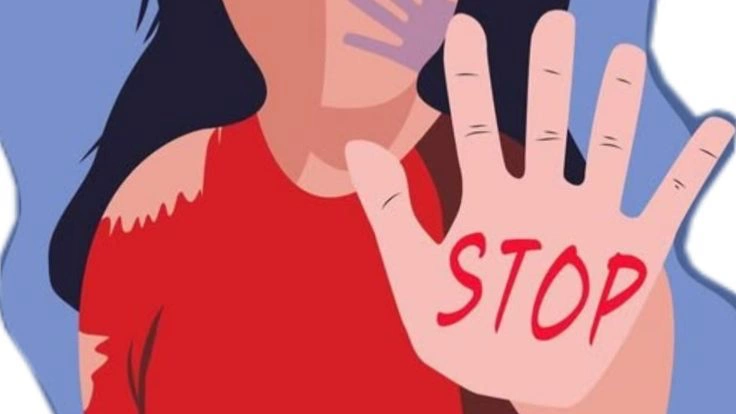
October reminds us: silence does not protect, it only strengthens violence. But every voice willing to speak up can break down the walls of fear and silence.
👉 Domestic Violence Awareness Month is not only about recognizing the problem, but also about action. About the steps we can take every day to make the world safer. Let us wear the purple ribbon, spread knowledge, and support those who are fighting. Together, we can build a society where love and care are stronger than fear and pain.
In today’s world, “being connected” has become the norm. Always reachable. Quick to reply. Always responsive. Checking messages even while resting. Checking email at night. Staying informed, staying involved, staying switched on.
But we’re not machines. We don’t have unlimited energy. And the constant availability we often confuse with politeness, professionalism, or responsibility — is in fact a major source of stress, anxiety, and emotional fatigue. Because you can’t truly recover when you’re always ready to respond.
Anti-stress isn’t just massages or breathing exercises. Sometimes, real anti-stress means disconnecting on a habitual level.Turning off notifications.Not answering right away.Not picking up the phone.Letting yourself be unavailable.
That’s not rude. That’s a boundary.It’s not “running away from life.” It’s reclaiming your own life.The freedom to breathe without the constant expectation that someone, somewhere, will “need” you.

Your nervous system can’t reset if your brain is always in “standby mode.” Even when nothing’s happening, your body stays on edge — because it’s expecting something to happen. This constant readiness becomes invisible stress.
If you find yourself feeling more irritable, drained by conversations, craving silence but unable to get it — maybe what you really need is to be unavailable for a while.
Here are a few gentle practices that help:
– Mute your phone for just one hour a day– Remove messaging apps from your home screen– Set specific times for checking and replying– Separate “being online” from “being available” — they’re not the same– Tell loved ones: “I’m taking quiet time. Message me — I’ll answer later.”– Create no-screen zones: mornings, dinner, one hour before bed
Anti-stress doesn’t mean isolation. It means creating inner space — where you’re not reacting, not performing, not distracted. A space where your system can breathe. A space where you’re not required to “respond.” Where you’re allowed to just be.
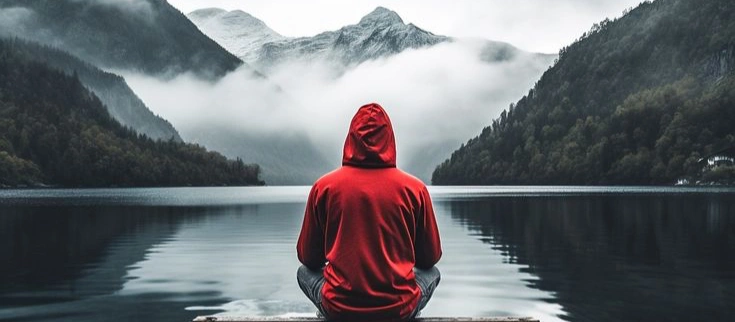
You don’t have to be always on.You don’t have to be endlessly accessible.Having boundaries isn’t a weakness. It’s maturity.And being unavailable — is also a form of love.A way to say: the world can wait.Right now, I choose to be with myself.
We live in a world where speed has become the norm. Think fast, reply fast, work fast, even relax fast. Meditation is scheduled, silence comes through an app. We’ve learned to be efficient, multitasking, organized. But somewhere along the way, we’ve forgotten how to be truly alive — slow, present, feeling.
Stress isn’t always a sharp burst. It becomes a background noise — a steady hum of tension. We don’t even notice that we’re constantly “on”: ready to answer a message, take a call, jump to the next task. Even rest becomes a checkbox: “I need to recover,” “I should go to yoga,” “I have to disconnect.”But the key word here is “should.” Where is “want”? Where is “enough”? Where is “this feels right”?
Anti-stress isn’t a magic technique. It’s the skill of slowing down in a world that demands speed. It’s choosing to step off the track, even for an hour. Not to fall behind — but to return to your own rhythm. A rhythm where you don’t just get things done — you actually feel yourself doing them.
Sometimes, anti-stress isn’t meditation or yoga. It’s:
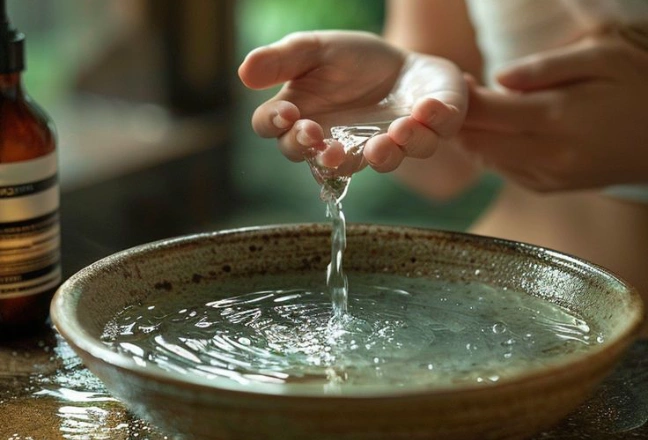
– Washing the dishes in silence– Turning off notifications– Not answering a message right away– Going to bed earlier– Breathing more deeply– Saying no to yet another course– Doing nothing for 10 minutes — and not calling it procrastination
These are radically simple things. But in a culture of constant productivity, they take courage. Because slowness is the new strength. When you’re not chasing everything — you’re choosing what matters. When you’re not hiding in busyness — you’re meeting yourself. When you allow yourself to be here and now — not rushed, not driven, not timed.
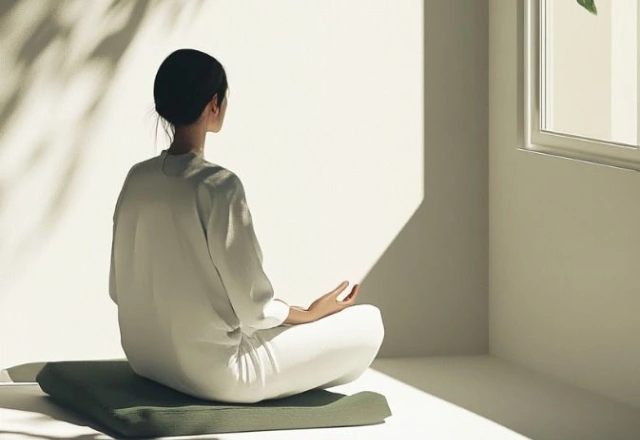
Anti-stress isn’t the absence of pressure — it’s inner stability in the face of it. It’s not cutting yourself off from the world — it’s not losing yourself in its pace. It’s asking, honestly: “Am I okay right now?” And if the answer is no — taking some small step toward feeling just a little better.
You don’t have to do it all. You don’t have to be productive, available, and “in shape” every minute. But you can learn to simply be with yourself. Not in the future, not in achievements, but right here. In a pause. In a breath. In a warm cup of tea. In your own quiet pace.
Because real life isn’t measured by how much you accomplish — but by how you feel while living it.And if you choose anti-stress — let it be not an emergency rescue, but a way of being.Not faster.But truer.
Sometimes, we know exactly what to do — and still ask others. We hesitate, seek validation, delay the decision. Not because we don’t understand, but because we don’t trust ourselves. We doubt our feelings, thoughts, and instincts — as if someone else always knows better how to live our life.
Self-trust isn’t something we’re born with. It’s something shaped over time — and easily lost under pressure from expectations, criticism, or comparison. When you’ve been interrupted, corrected, or dismissed too often, you start to believe your inner voice isn’t enough. That someone else’s opinion holds more weight. So you start putting yourself on hold.
We grew up in a culture of external approval. From childhood, we were taught to focus on doing things “right”: how to look, speak, act. We learned to measure ourselves by the outside world, not by our own internal compass. And slowly, our inner voice became quieter than all the others.
But the truth is — you’re the only one living in your skin. Only you know how you sleep, who brings you peace, what drains you, and what brings you energy. Only you feel your body’s signals, your real yes and no, your limits. Trusting yourself isn’t about guessing what others want — it’s about listening to what’s already inside you.
Trust doesn’t mean you’re always right. It means you’re connected. It means hearing when something feels off — and not ignoring it. Feeling anxious — and not shaming yourself. Wanting rest — and honoring that. Feeling like you’ve reached your limit — and believing it. You don’t need permission to feel what you feel. You’re allowed already.
Self-trust doesn’t appear overnight. It’s not built through motivational quotes like “just believe in yourself.” It grows through practice: slowing down, tuning in, being honest. Asking not “what should I do?” but “what do I truly want?” And not judging the answer — even if it’s inconvenient, unexpected, or unlike everyone else’s.
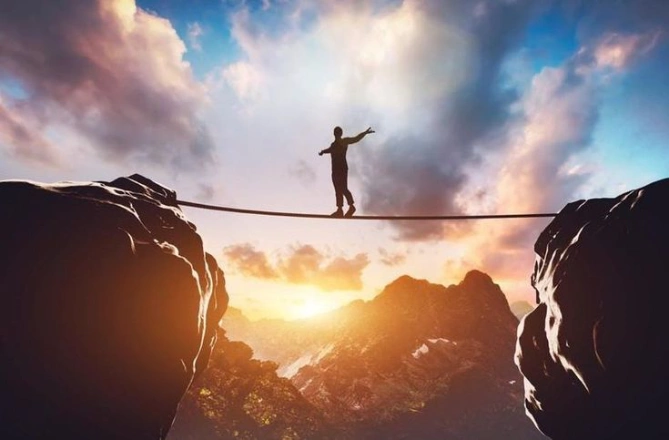
Every time you choose yourself, you build your foundation. Every time you follow your inner yes instead of outside noise, you carve your own path. Trust means supporting yourself, not pushing. Listening, not pressuring. Accepting, not comparing.
And one day, you’ll notice: you don’t need validation anymore. Not because you’ve become perfect — but because you’ve become real.
There are days when everything feels blurred.Thoughts don’t form clean lines.Emotions come and go like waves — rising, crashing, receding.You can’t explain what you feel.You don’t know what you want.You’re unsure where you’re going next.
And that — is still life.
Not all clarity comes right away. Not every day has to be productive. Not every season has to make sense.
Sometimes, a day exists just so you can slow down.So you can sit with yourself.Breathe without urgency.Feel without trying to fix.Just be — without editing or effort.
We are so used to thinking that life must always be understood.That we need a plan, a purpose, a clear narrative.But some of the most important chapters are the ones we only understand in hindsight.Not in the moment — but years later, when we see how they shaped us.
We’re taught to analyze everything: emotions, choices, meanings.We chase control, answers, outcomes.We try to organize life into something linear, measurable, and safe.But life doesn’t always work that way.It often opens when you stop forcing it into a shape.
Some things are meant to be felt, not solved.Some days are meant to be lived, not explained.
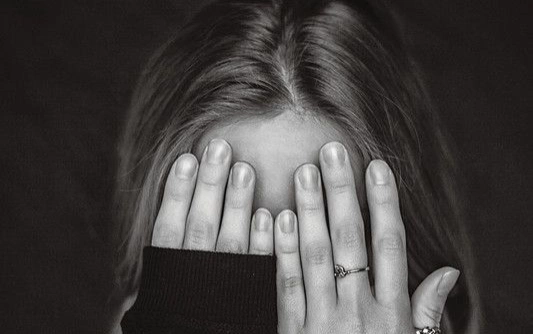
So much of what’s beautiful in life comes not from structure, but from surrender.Not from knowing, but from trusting.Not from control, but from connection — to yourself, to the moment, to something greater.
You don’t need to know how it all turns out.You don’t have to be certain to keep moving forward.You don’t have to be whole to be worthy.You don’t owe anyone an explanation for your quietness, your slowness, your softness.
You have permission to just be.Exactly as you are — messy, tired, thoughtful, unsure.
And sometimes, the most meaningful moments are the quietest:
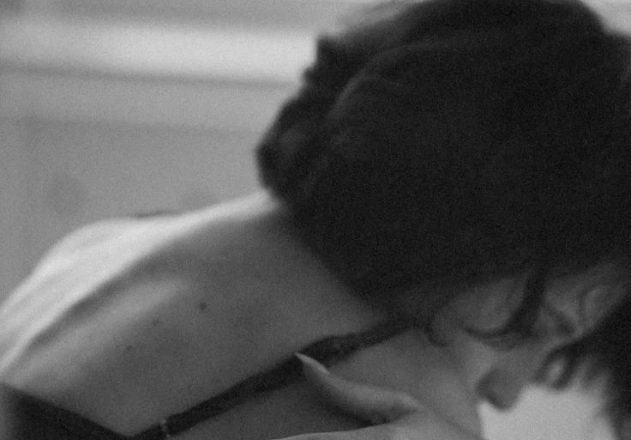
A deep breath.The way sunlight moves across your wall.The comfort of a soft blanket.The smell of something warm from the kitchen.A pause.A presence.A whisper: “I’m here.”
That’s life too.Real.Unpolished.Unfinished.But still yours.
You don’t have to understand.You’re already alive.And that, in itself, is everything.
Modern society often sees solitude as a problem — something to be fixed or escaped. We are constantly surrounded by people, both in real life and online, always in conversation, always available. But solitude — especially when chosen mindfully — can be incredibly healing and essential for creativity, clarity, and inner peace.
Being alone gives us space to hear our own thoughts, reflect on what we truly want, and take a break from external noise. It’s a time for recharging, introspection, and inspiration. Many great artists, writers, and thinkers have cherished solitude as a wellspring of insight and depth.
Solitude helps us become more self-aware, self-reliant, and grounded. It allows us to build healthier relationships — not from fear of being alone, but from a sense of wholeness. Being comfortable with yourself is a skill, one you can develop: by taking walks without your phone, enjoying silent mornings, or going on short solo getaways.
Solitude is not emptiness — it’s space for growth, clarity, and creativity. In a world full of noise and distraction, learning to be alone is a path to real freedom.
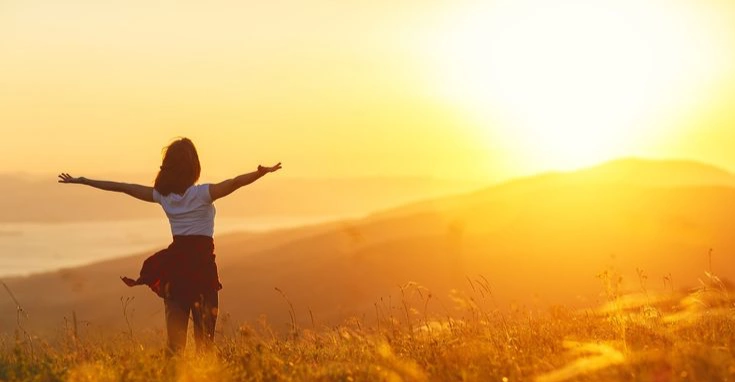
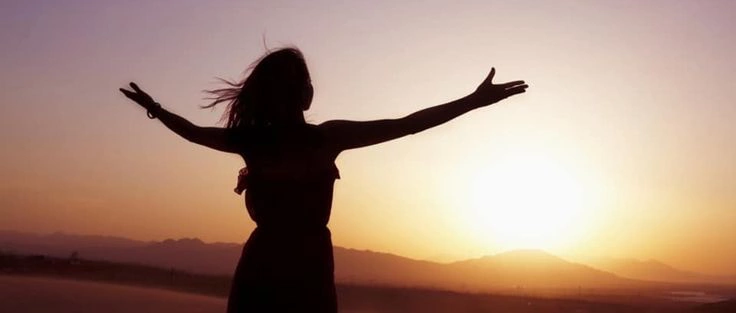
Modern society often treats solitude as a problem — something to be solved, avoided, or filled. We are constantly surrounded by people, immersed in conversations, group chats, and social feeds. Even when physically alone, we’re often still connected — online, engaged, distracted. In a world that celebrates busyness and constant interaction, choosing to be alone can feel radical. But solitude, when embraced mindfully, is not only healthy — it's deeply nourishing.
Solitude is not loneliness. Loneliness is a feeling of disconnection, an ache for companionship. Solitude, on the other hand, is a choice to be with oneself — a space for reflection, rest, and reconnection with your inner world. It's the difference between isolation and intimacy with your own thoughts.
When we allow ourselves moments of true solitude, we gain the freedom to:
- Hear our own voice without external influence
- Reflect on our experiences and emotions with clarity
- Reconnect with our values and longings
- Discover new ideas and creative impulses
- Release the pressure to perform or please
Many great artists, writers, scientists, and spiritual leaders have turned to solitude as a source of insight, imagination, and perspective. From Virginia Woolf to Albert Einstein, from monks in silent retreat to solo travelers in remote places — solitude has always been a quiet engine of transformation.
In solitude, we become more self-aware and self-reliant. We learn to comfort ourselves, to face uncomfortable emotions, to sit with boredom and find beauty in stillness. This emotional independence makes our relationships stronger — not formed from neediness or fear, but from a sense of inner wholeness.
Cultivating solitude doesn’t require a cabin in the woods or a long retreat. It can be as simple as:
- Taking a walk without your phone, just observing your surroundings
- Enjoying your morning coffee in silence, resisting the urge to scroll
- Spending a quiet evening reading, journaling, or creating
- Taking yourself on a solo date — to a museum, a park, or a café
- Going on a short solo trip, even if it's just for a day
These moments, small as they may seem, teach us how to be with ourselves. We begin to notice the rhythm of our own minds, our emotional patterns, our unspoken desires. We discover that stillness is not stagnation — it is fertile ground for ideas, healing, and personal evolution.
In a culture obsessed with instant responses and constant stimulation, solitude can feel unfamiliar or even uncomfortable at first. But with practice, it becomes a sanctuary — a mental and emotional space where you are free to rest, reflect, and reset.
Solitude also invites us to slow down. To pause. To notice the details of life we so often rush past — the flicker of candlelight, the warmth of sunlight on the skin, the sound of our own breath. In these quiet moments, we remember what it feels like to truly live, not just exist.
Being comfortable with yourself is not just a personality trait — it’s a skill. And like any skill, it can be learned, nurtured, and refined. The more we lean into solitude, the more we realize it isn’t emptiness — it’s spaciousness. A space to think, to dream, to heal, to grow.
In a world overflowing with noise, distraction, and expectation, learning to be alone is not a weakness — it is a path to true freedom. A life rich in solitude is not empty, but full — full of awareness, intention, and authenticity.
So the next time you find yourself alone, don’t rush to fill the silence. Sit with it. Listen to it. There, in the quiet, you might just hear the voice you've been too busy to notice: your own.
Hey everyone, Jared here again.
I’ve been having some deep conversations lately—with friends, with family, even with people I’ve just met while traveling. And one theme keeps coming up: emotional safety. We don’t talk about it enough, but I think it’s the foundation of any strong, healthy relationship.
You can talk to someone every day, send each other memes, make plans—but if you don’t feel safe to be your full self around them, the connection will always stay on the surface. Emotional safety is about knowing you won’t be judged, mocked, dismissed, or ignored when you’re vulnerable. It’s about being able to say:
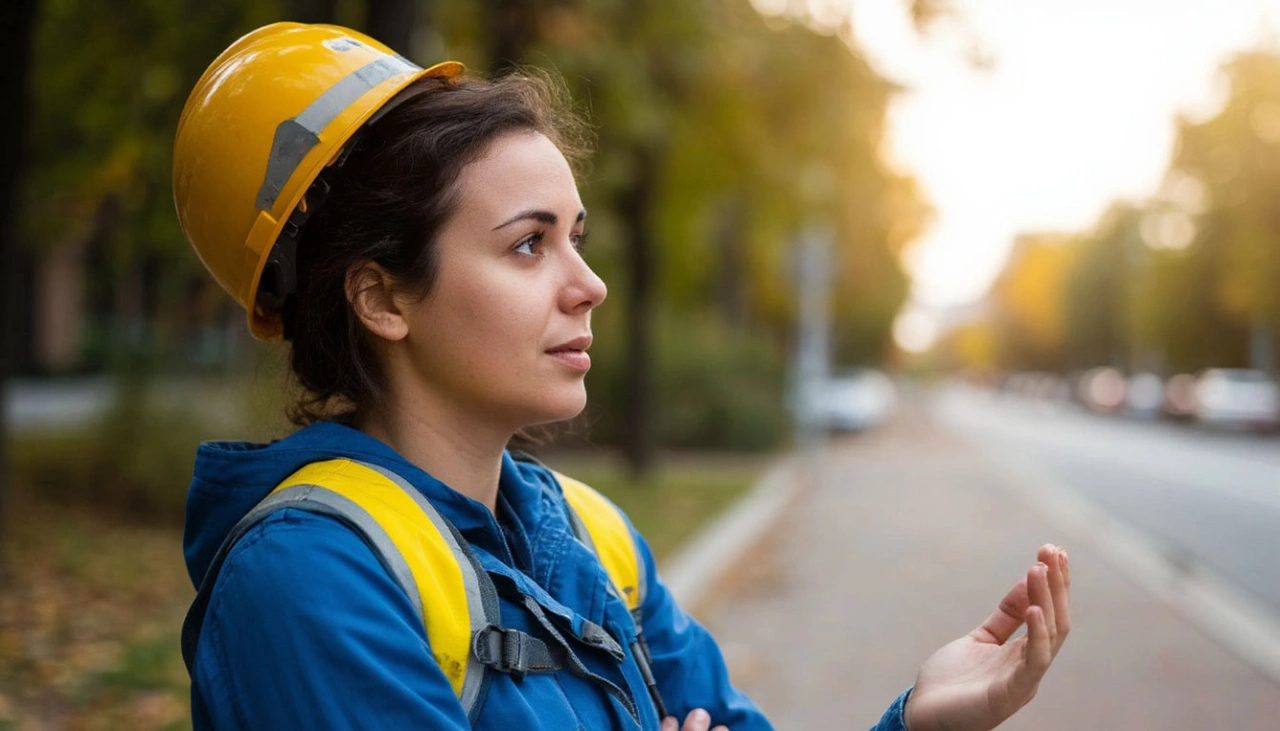
“This hurt me.”
“I’m scared.”
“I don’t know.”
“I need you.”
…and trusting that the other person won’t run from it.
For me, building emotional safety has meant learning to really listen—not to fix or debate, but just to understand. It’s meant being honest when something feels off, even when it’s uncomfortable. It’s meant learning to say “I hear you” instead of “you’re overreacting.”
It’s not always easy. It takes patience and maturity. But when you find people who are emotionally safe—and when you become that kind of person for others—your relationships shift. They deepen. They breathe.
So, my little reflection for today is this:
Before asking “how often do we talk?” or “what are we doing this weekend?”, maybe try asking:
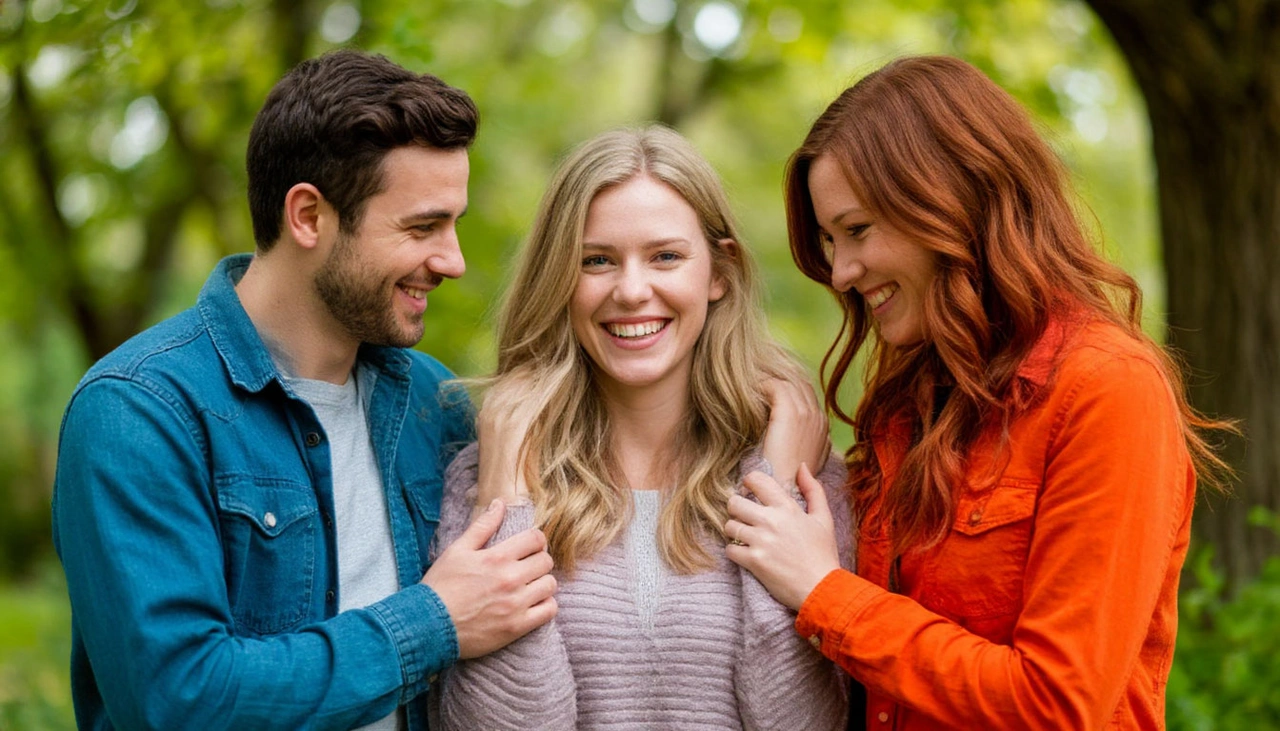
“Do we feel safe being fully ourselves with each other?”
And if not—what would it take to build that?
Thanks for reading. Sending peace and presence your way.
—Jared